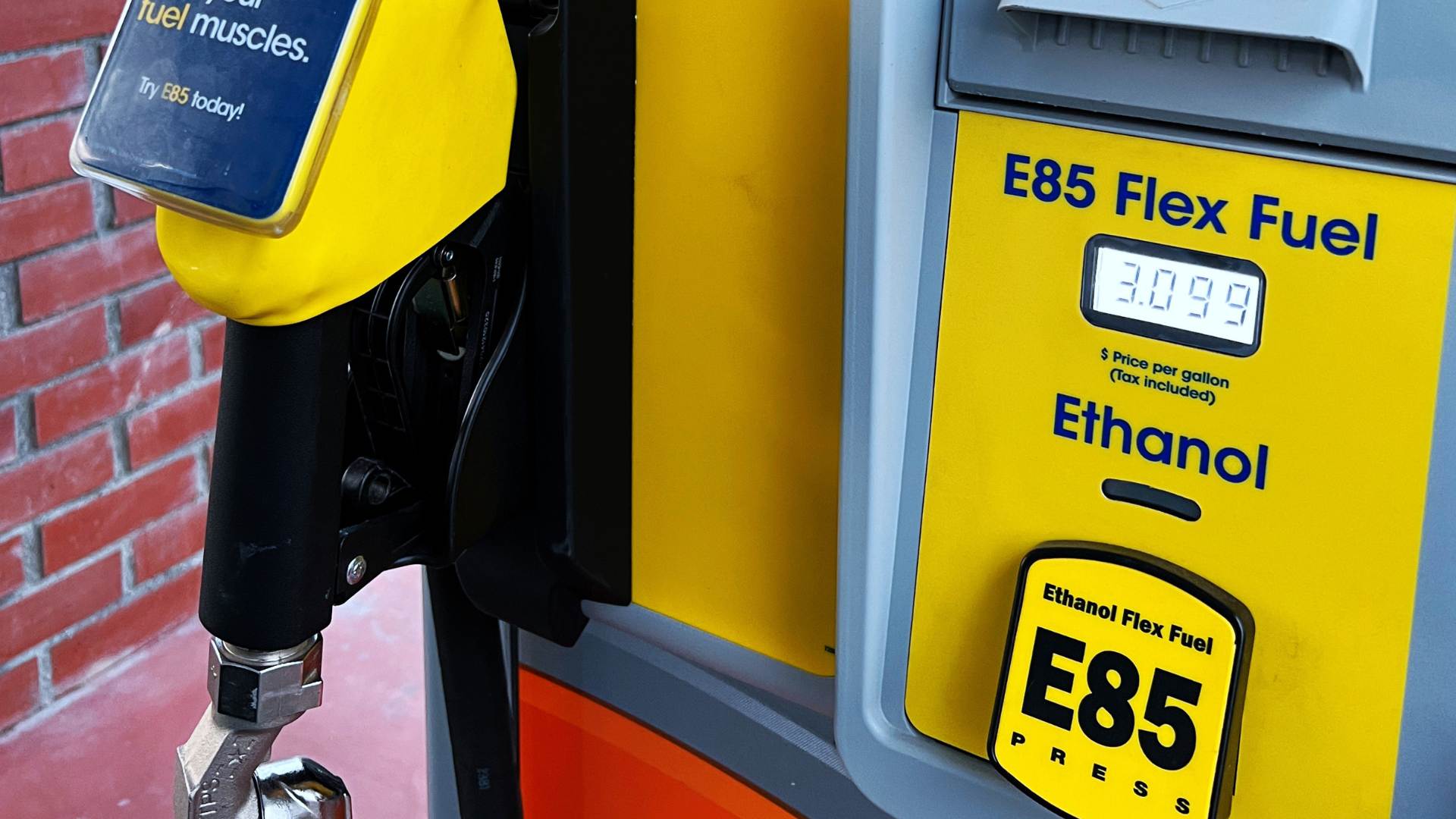In the quest for more sustainable and eco-friendly fuel options, E85 has emerged as a viable alternative to traditional gasoline. E85, short for “Ethanol 85,” is an ethanol-based fuel blend consisting of 85% ethanol and 15% gasoline. In this comprehensive guide, we will explore what E85 fuel is, how it works, its composition, benefits, and how it differs from conventional gasoline.
The Composition of E85
E85 is primarily composed of ethanol, a type of alcohol produced through the fermentation of plant materials, typically corn or sugarcane. The ethanol used in E85 is denatured, meaning it is made unfit for human consumption by adding small amounts of chemicals, such as gasoline or methanol, to deter its misuse.
Ethanol (85%)
The vast majority of E85 fuel is ethanol, specifically 85% ethanol by volume. This high ethanol content is the defining characteristic of E85 and sets it apart from other ethanol blends, such as E10 (10% ethanol) or E15 (15% ethanol).
Gasoline (15%)
The remaining 15% of E85 consists of gasoline. This small amount of gasoline is necessary to ensure the fuel ignites correctly in a wide range of temperatures. It also helps improve cold-start performance, which can be challenging for pure ethanol fuels in colder climates.
How E85 Differs from Conventional Gasoline
- Ethanol Content: The most significant difference between E85 and conventional gasoline is the ethanol content. While gasoline consists primarily of hydrocarbons derived from fossil fuels, E85 is predominantly made up of ethanol, which is renewable and produced from plant sources.
- Octane Rating: E85 typically has a higher octane rating than regular gasoline. This higher octane level can benefit high-performance engines, as it allows for increased compression ratios and more advanced ignition timing.
- Lower Energy Density: Ethanol has a lower energy density compared to gasoline, meaning it contains less energy per gallon. As a result, vehicles running on E85 may experience reduced fuel efficiency compared to gasoline, although this can vary depending on the vehicle’s engine design.
- Carbon Emissions: E85 is often promoted as a more environmentally friendly fuel option. When burned, ethanol produces fewer carbon dioxide (CO2) emissions than gasoline. Additionally, ethanol is considered carbon-neutral because the carbon dioxide released during combustion is offset by the carbon dioxide absorbed by the plants used to produce it.
- Flex-Fuel Vehicles: While most conventional gasoline vehicles are not compatible with E85, flex-fuel vehicles (FFVs) are specially designed to run on a variety of ethanol blends, including E85. These vehicles have specific engine components, fuel system modifications, and sensors that can adjust to different ethanol concentrations.
Benefits of Using E85 Fuel
1. Environmental Benefits
One of the primary reasons for the popularity of E85 is its environmental benefits. By using ethanol produced from renewable plant sources, E85 can help reduce greenhouse gas emissions and dependence on fossil fuels. It is considered a cleaner-burning fuel that can contribute to improved air quality.
2. Support for Agriculture
E85 production often relies on crops like corn and sugarcane. This can provide economic support to agricultural communities and reduce the environmental impact of these crops by diversifying their use beyond food and feed.
3. Potential Cost Savings
In some regions, E85 can be more affordable than gasoline due to government incentives, lower taxes, or subsidies for ethanol production. Additionally, the higher octane rating of E85 can benefit high-performance vehicles, potentially offsetting the slightly lower fuel efficiency.
4. Reduced Oil Dependence
E85 is produced domestically from renewable sources, reducing a country’s reliance on imported oil. This energy independence can enhance national security and stability.
5. Flexibility for Consumers
For owners of flex-fuel vehicles, E85 offers the flexibility to switch between ethanol blends and gasoline, depending on availability and price. This choice can empower consumers to make environmentally conscious decisions.
How E85 Works in an Engine
Understanding how E85 works in an engine can help drivers make informed decisions about whether it’s a suitable fuel for their vehicles.
1. Fuel System Compatibility
To run on E85, a vehicle must be compatible with the higher ethanol content. Flex-fuel vehicles (FFVs) are designed to handle E85, with components such as fuel lines, fuel pumps, and seals made to withstand ethanol’s corrosive properties. Non-FFVs should not use E85 without modifications.
2. Ethanol Combustion
When E85 is burned in an engine, ethanol undergoes combustion in a manner similar to gasoline. However, ethanol has a higher octane rating, allowing for more advanced ignition timing and reduced risk of engine knocking or pinging.
3. Potential Engine Modifications
In some cases, vehicles may require engine modifications to optimize performance when using E85. This can include adjustments to the engine’s air-fuel mixture and timing to take full advantage of ethanol’s higher octane rating.
4. Fuel Efficiency Considerations
One trade-off of E85 is its lower energy density compared to gasoline. As a result, vehicles running on E85 may experience reduced fuel efficiency, meaning they will need more fuel to travel the same distance as they would on gasoline. Drivers should consider this when choosing E85.
Conclusion
E85 fuel, consisting of 85% ethanol and 15% gasoline, offers a promising alternative to conventional gasoline. It is distinguished by its higher ethanol content, lower carbon emissions, and potential cost savings, especially for flex-fuel vehicle owners. However, E85 may not be suitable for all vehicles, and its lower energy density can impact fuel efficiency.
As the world seeks more sustainable and renewable energy sources, E85 represents a significant step towards reducing our dependence on fossil fuels and mitigating the environmental impact of transportation. Whether you’re considering E85 for its environmental benefits, economic advantages, or its compatibility with your vehicle, understanding how it works and its unique characteristics is essential to making informed choices about your fuel options.





